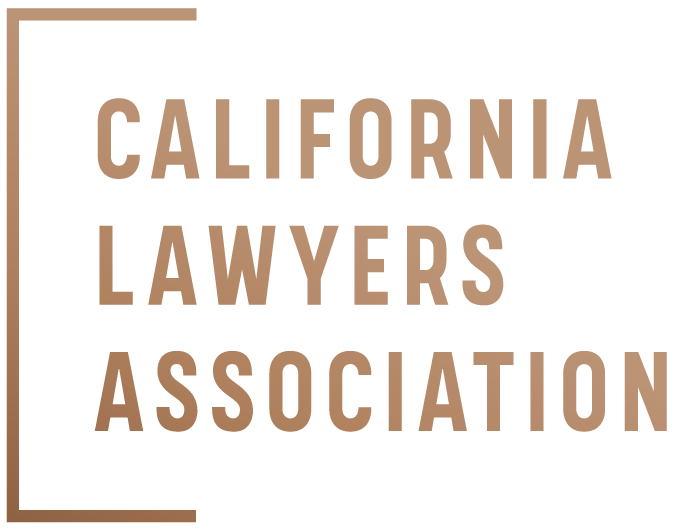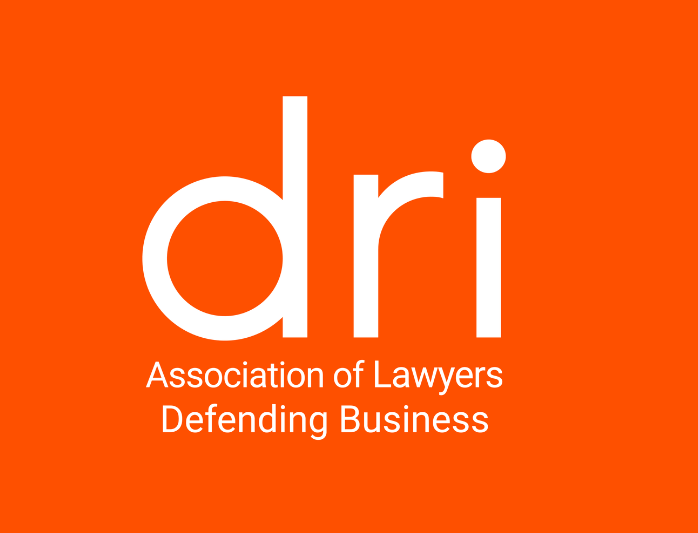
Sidney Kanazawa
Mediator & Arbitrator
Bridging Conflicts.
Help transform disputes into opportunities. Our mediation and arbitration services are designed to restore trust, resolve conflicts, and create durable agreements.
Philosophy
From Conflict to Connection
Conflict doesn’t have to divide us. When approached with openness and respect, it can reveal shared values, strengthen understanding, and restore trust.
Whether between business partners, family members, or entire organizations, I believe there’s always a bridge to be found — one built on patience, curiosity, and hope.
Our Services
Sid brings decades of legal experience and proven techniques to help parties find solutions grounded in trust, fairness, and mutual respect. Our process is designed to replace mistrust with forward-looking agreements.
-
Whether the conflict involves business partners, family members, or institutions, we guide conversations toward shared understanding and custom resolutions.
-
Efficient, binding decisions when closure is needed, with options that blend mediation’s flexibility and arbitration’s finality.
-
Individual guidance to clarify goals, surface underlying interests, and prepare for constructive conversations.
-
Solutions for complex disputes in contracts, partnerships, employment, and intellectual property, with an eye toward preserving valuable relationships.
Organizational Membership












